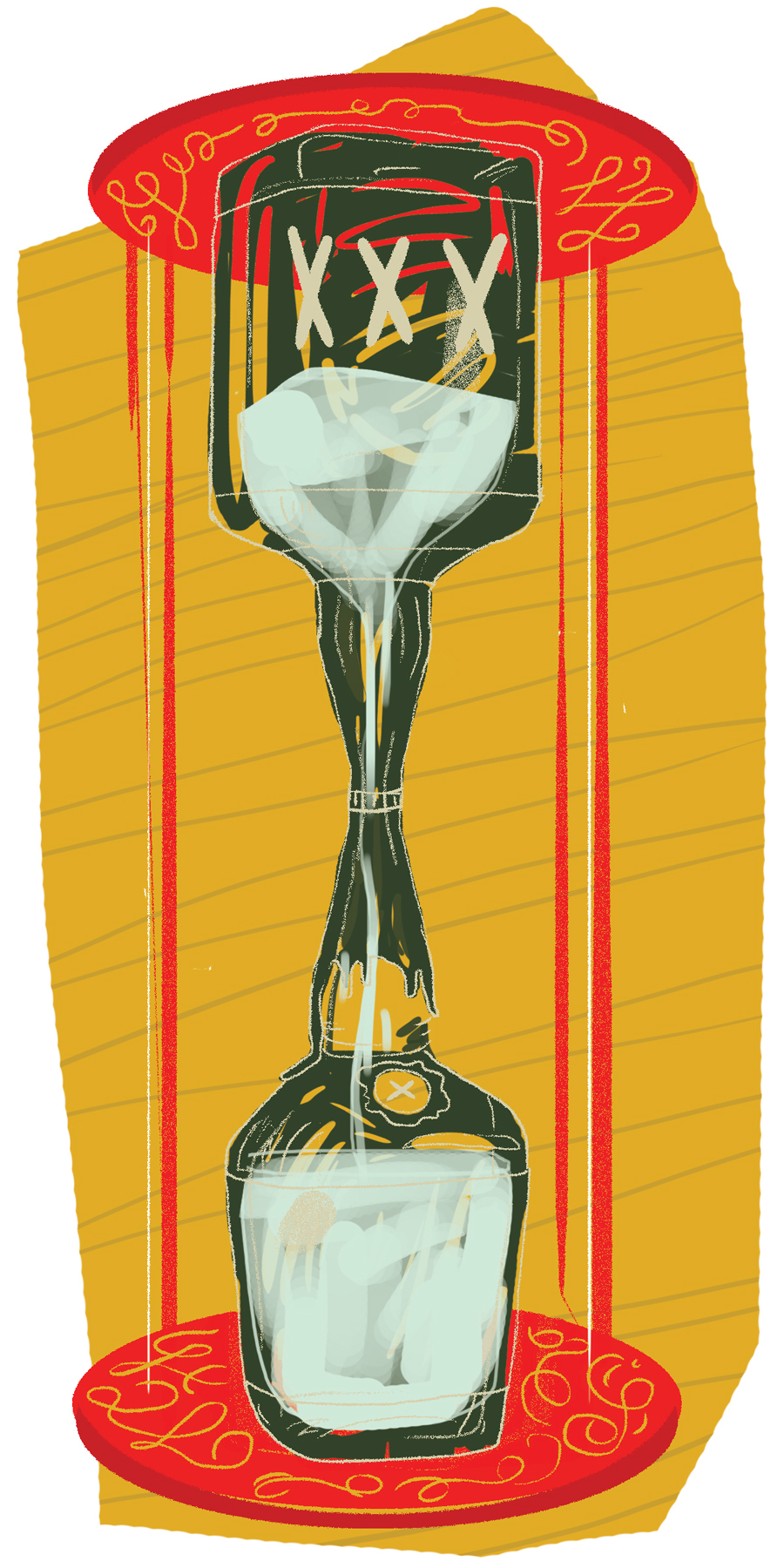
Whiskey is now a worldwide phenomenon and, as a result, demand is now exceeding supply. When demand exceeds supply, two things happen: Prices go up and availability goes down.
The biggest driver of the shortage is Scotch. But what sets it apart from Irish whiskey, rye or bourbon? Single malt Scotch whisky has to be made in Scotland, produced from a single distillery, made with 100 per cent malted barley, aged a minimum of three years in barrel and with a minimum alcohol content of 40 per cent.
“When – not if – the Chinese market opens up there won’t be enough whisky in Scotland to satisfy demand,” says Graham Eunson, distillery general manager at Tomatin, a distillery just south of Inverness in Scotland. Eunson recently visited Edmonton for the fifth annual Whisky Festival.
Scary stuff indeed. Even though statistics – released in April 2014 by the Scotch Whisky Association – show that consumption in China has dipped dramatically due to “government austerity measures,” the distilleries believe that the downturn is a blip and the Chinese market will gain strength in the future.
And, while the Chinese market slid in 2013-14, other markets gained strength. Exports to France increased by 16 per cent. Brazil, a massive emerging market, imported 20 per cent more Scotch in the last year than the year before. India has grown to be the fourth-largest by volume market for Scotch in the world, and sales there were up 12 per cent.
Sasha McCauley, sales representative with Authentic Wines & Spirits Merchants, is responsible for local sales of Scotch from distilleries including BenRiach and Glendronach. “If, 20 plus years ago, distilleries could have foreseen the current crazy demand then they may have been able to have increased capacity. However there’s been so much boom and bust in the industry together with mergers and takeovers that’s proved impossible to do.”
Due to the growing affluence in China together with Taipei, Singapore, Dubai and India, there is an increasing demand for luxury status symbols including rare and older single malt Scotches. These markets are willing to pay premium prices to get their hands on these products and, as a result, these whiskies are becoming increasingly harder to find in Edmonton.
Even in this market, older whiskies are expensive because distilleries have stored and inventoried them for 20, 30 or 40 years plus.
But, despite the crush, the shelves in your local whiskey store won’t be barren. Adam Koziak, manager at Chateau Louis Liquor Store, says that new generation of Scotches have appeared, with no age statements on them. There is a new mantra in the market place: “Drink flavour, not age.”
“Because of their relative younger age, typically seven or eight years old, these whiskies are great value for money,” says Koziak. “Some of the barrels that distilleries are now using are much better quality than in days gone by and this produces specific flavour profiles.”
You might notice that, when we write about whiskey (or is it whisky?) we don’t always use the same spellings. So, what’s the difference between whisky and/or whiskey?
Well, according to Canadian Press Caps and Spelling – and this is the same place where we learn that the proper Canadian spelling for a knitted cap is “tuque,” not “toque” – here is where we draw the line.
“Whiskey” is to be used in reference to American and Irish varieties. So bourbon is a whiskey. Jameson’s is a whiskey.
But, in reference to the stuff from Canada and Scotland, we use “whisky.” So rye is a whisky. Scotch is a whisky.
And, if you can keep that straight, go and reward yourself with a shot of whiskey or, er, whisky.
Like this content? Get more delivered right to your inbox with Ed. Eats
A list of what’s delicious, delectable and delightful.





